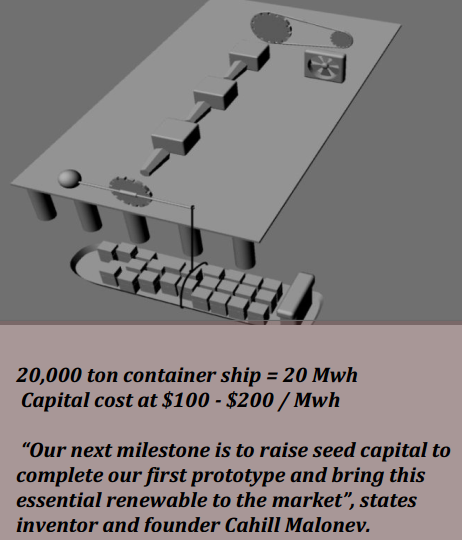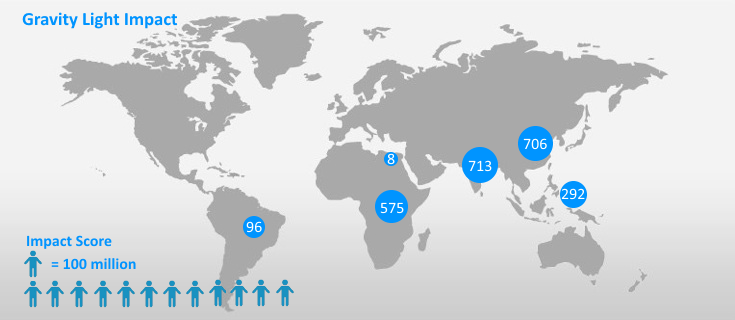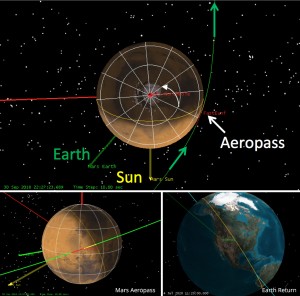Posted at 10:31h
in
Energy
by Shen Ge
Introduction
Note: This post was written by one of two founders of Nautical Torque, Galon Maloney, with minor edits by Shen Ge. Shen Ge recently contacted Galon to acquire an overview of the company.
Two and a half years ago, on November 1, 2012,
Nautical Torque Technology, a designer and manufacturer of innovative mechanical equipment and processes to produce continuous renewable electricity, announced that the U.S. Patent and Trademark Office (USPTO) issued the company its first U.S. patent. This patent is the first step towards bringing a new type of renewable to the market and help utility companies meet their renewable portfolio standards.
[caption id="attachment_348" align="alignleft" width="462"]

“Our next milestone is to raise seed capital to
complete our first prototype and bring this
essential renewable to the market”, states
inventor and founder Cahill Maloney.[/caption]
Patent US 8,143,733 B2, relates to the capturing of the kinetic energy from the rise and fall of large particles of floating mass such as ships, barges, and tankers. Rather than use the horizontal force of water to turn a turbine or generator, Nautical Torque utilizes the lifting and lowering of water to capture the kinetic energy from the slow moving mass that rises and falls with the incoming and outgoing tide. The design utilizes equipment and facilities that can be securely located and protected on a dock rather than underwater or offshore, offering lower development and transmission costs than any other wave and tidal technologies on the market. Nautical Torque uses mass as the input source for simplicity and scaleability achievable within current mechanical technology.




 “Our next milestone is to raise seed capital to
“Our next milestone is to raise seed capital to Yutumi bye-you bug products.[/caption]
Sarah Plunkett and Ryan McDonner, owners of Yutumi (You-to-me) have launched a new bug spray that will change your idea of how you apply and think about traditional DEET Free repellents. Many bug sprays seen on the market utilize traditional essential oils such as citronella, lemongrass, geranium, etc. Not only do these essential oils smell like bug spray, they feel like bug spray too. These products tend to leave your skin oily and greasy. BYE-YOU BUG® was formulated to be the exact opposite of what you normally buy and use. It is non-greasy due to the main ingredients being pure vanilla extract (which is alcohol based) as well as soybean oil, citric acid (lemon juice), vegetable glycerin, and one essential oil that forms each unique scent. Therefore, you feel dry after spraying and rubbing it in to your skin. It smells aromatic because it uses vanilla as its base. As a result, our formula is the only formula on the market that allows us to customize scents based on an individuals needs and preferences. The formulation is comprised of food-based ingredients that are great for those who have sensitive skin and are worried about what they put on their body. It is safe to use on pets, kids, and adults. For those looking to enjoy the outdoors without smelling or feeling like they put on bug spray and eliminating toxins from their products and the environment, BYE-YOU BUG® is a great alternative. SPRAY MORE, SWAT LESS, SMELL GOOD!
Yutumi bye-you bug products.[/caption]
Sarah Plunkett and Ryan McDonner, owners of Yutumi (You-to-me) have launched a new bug spray that will change your idea of how you apply and think about traditional DEET Free repellents. Many bug sprays seen on the market utilize traditional essential oils such as citronella, lemongrass, geranium, etc. Not only do these essential oils smell like bug spray, they feel like bug spray too. These products tend to leave your skin oily and greasy. BYE-YOU BUG® was formulated to be the exact opposite of what you normally buy and use. It is non-greasy due to the main ingredients being pure vanilla extract (which is alcohol based) as well as soybean oil, citric acid (lemon juice), vegetable glycerin, and one essential oil that forms each unique scent. Therefore, you feel dry after spraying and rubbing it in to your skin. It smells aromatic because it uses vanilla as its base. As a result, our formula is the only formula on the market that allows us to customize scents based on an individuals needs and preferences. The formulation is comprised of food-based ingredients that are great for those who have sensitive skin and are worried about what they put on their body. It is safe to use on pets, kids, and adults. For those looking to enjoy the outdoors without smelling or feeling like they put on bug spray and eliminating toxins from their products and the environment, BYE-YOU BUG® is a great alternative. SPRAY MORE, SWAT LESS, SMELL GOOD!
